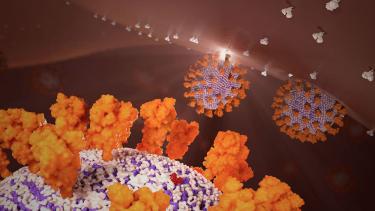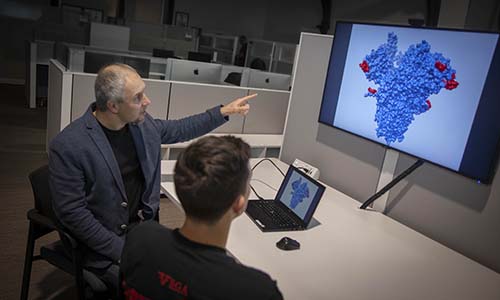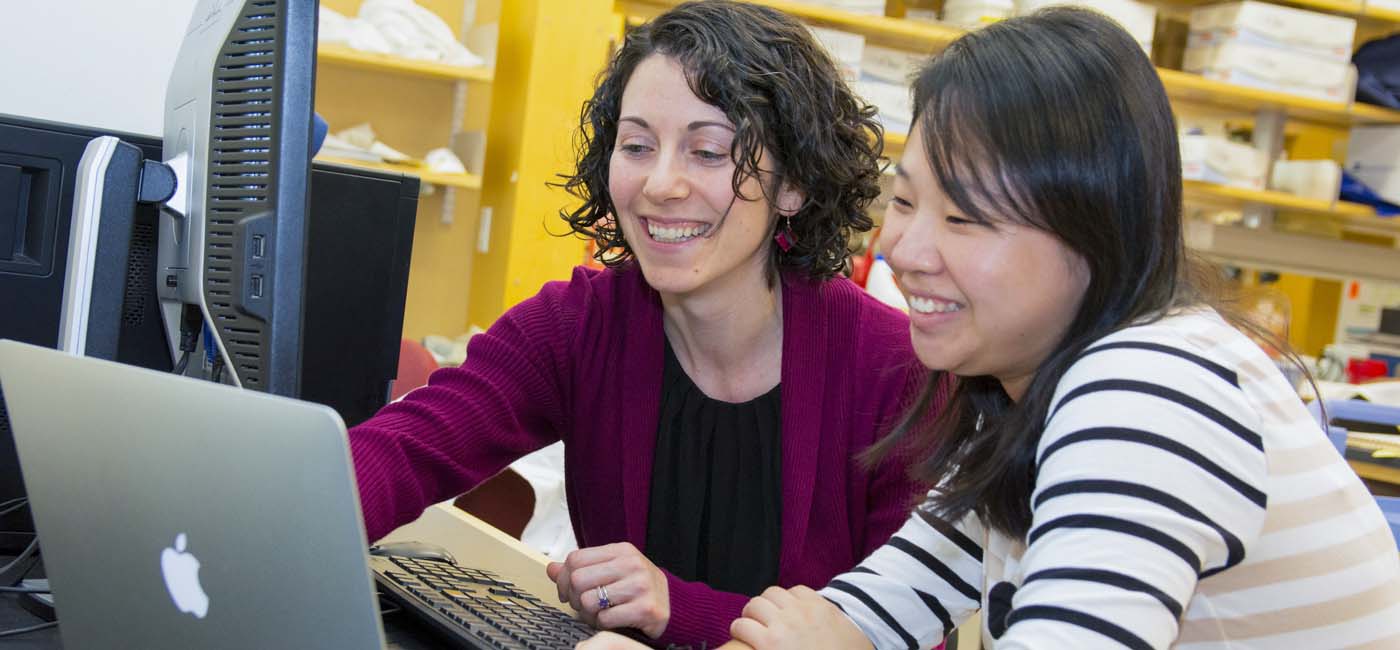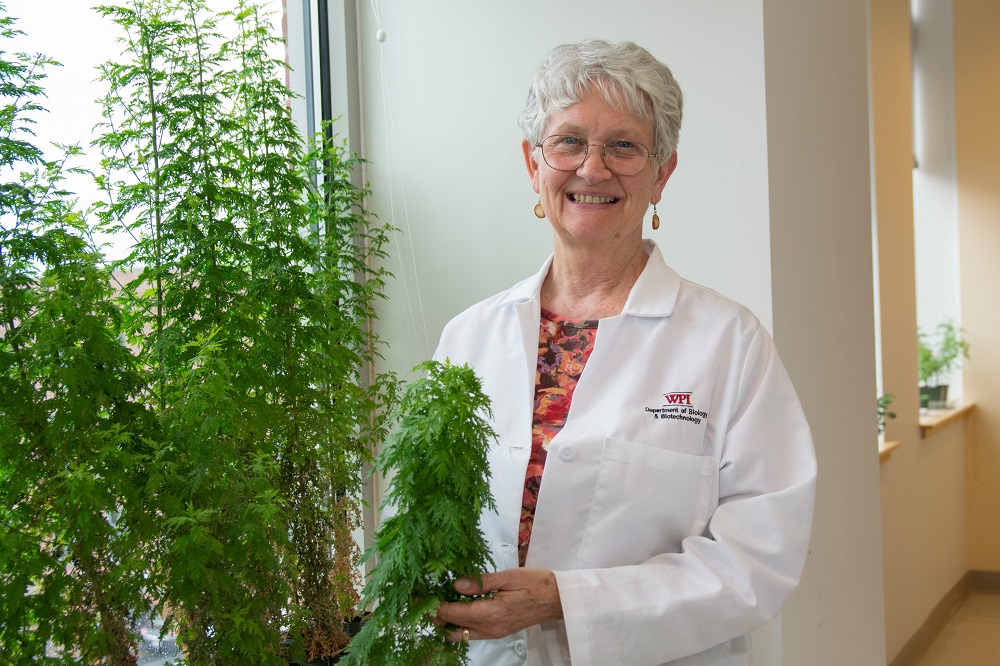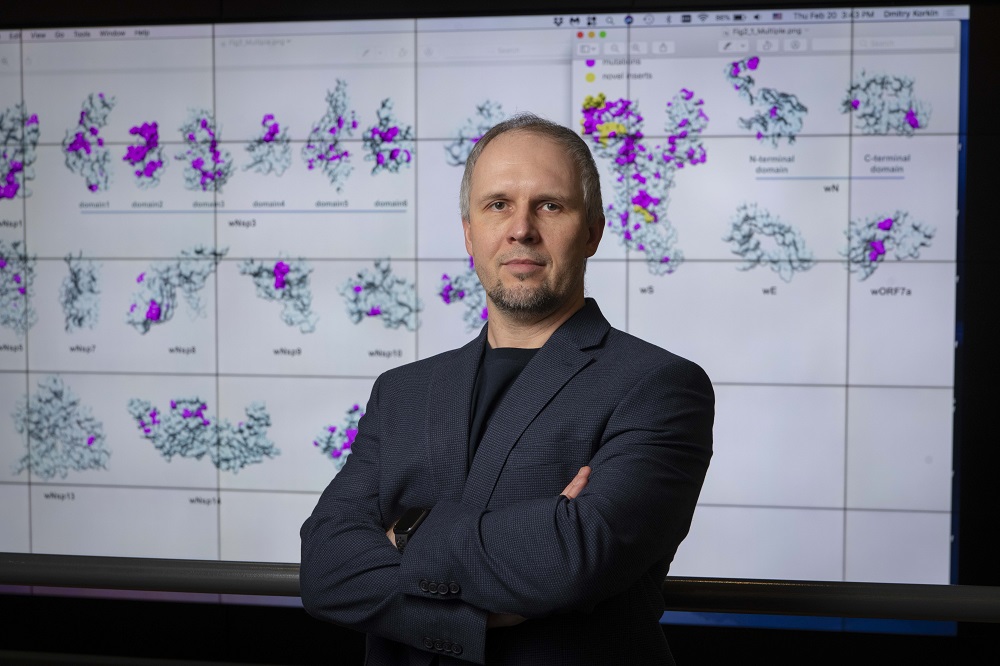A new WPI-led study brings into sharper focus the structural details of the COVID-19 virus, revealing an elliptical shape that “breathes,” or changes shape, as it moves in the body. The discovery, which could lead to new antiviral therapies for the disease and quicker development of vaccines, is featured in the April edition of the peer-reviewed Cell Press structural biology journal Structure.
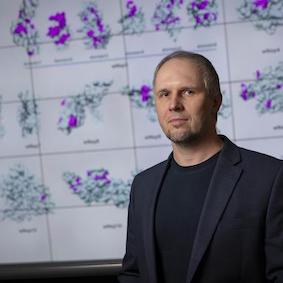
“This is critical knowledge we need to fight future pandemics,” said Dmitry Korkin, Harold L. Jurist ’61 and Heather E. Jurist Dean’s Professor of Computer Science and lead researcher on the project. “Understanding the SARS-COV-2 virus envelope should allow us to model the actual process of the virus attaching to the cell and apply this knowledge to our understanding of the therapies at the molecular level. For instance, how can the viral activity be inhibited by antiviral drugs? How much antiviral blocking is needed to prevent virus-to-host interaction? We don’t know. But this is the best thing we can do right now—to be able to simulate actual processes.”
Feeding genetic sequencing information and massive amounts of real-world data about the pandemic virus into a supercomputer in Texas, Korkin and his team, working in partnership with a group led by Siewert-Jan Marrink at the University of Groningen, Netherlands, produced a computational model of the virus’s envelope, or outer shell, in “near atomistic detail” that had until now been beyond the reach of even the most powerful microscopes and imaging techniques.
Essentially, the computer used structural bioinformatics and computational biophysics to create its own picture of what the SARS-COV-2 particle looks like. And that picture showed that the virus is more elliptical than spherical and can change its shape. Korkin said the work also led to a better understanding of the M proteins in particular: underappreciated and overlooked components of the virus’s envelope.
